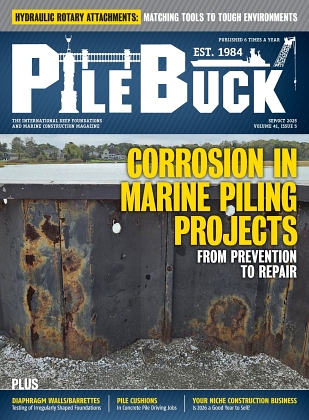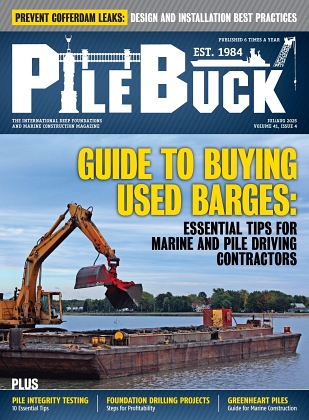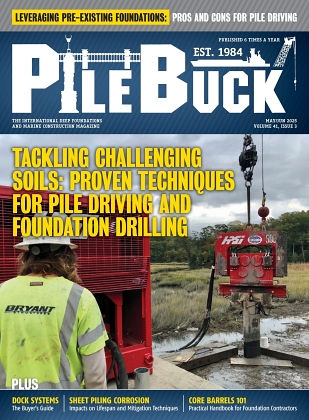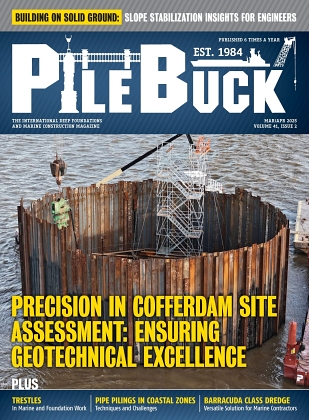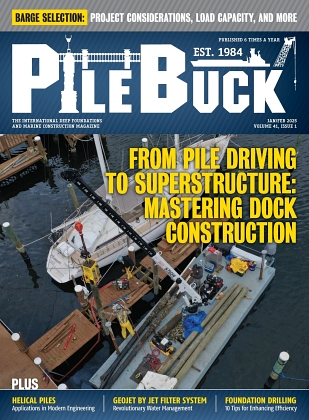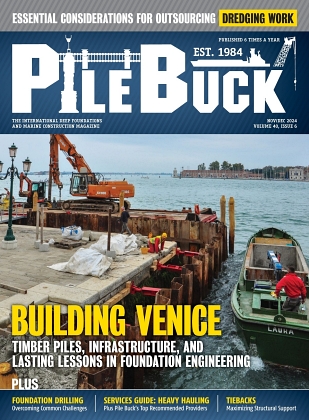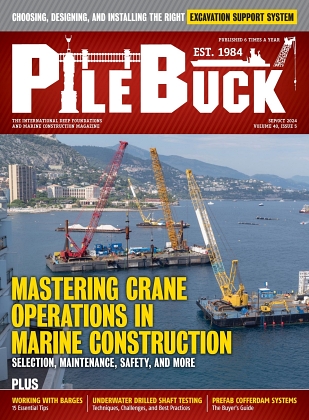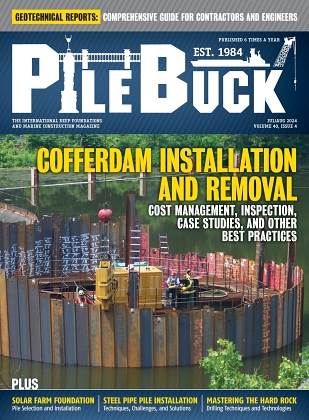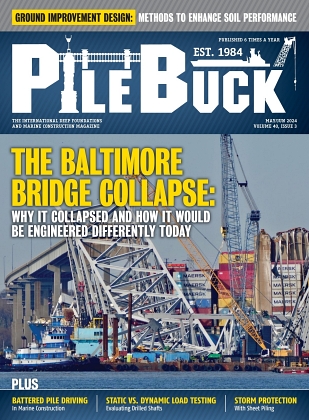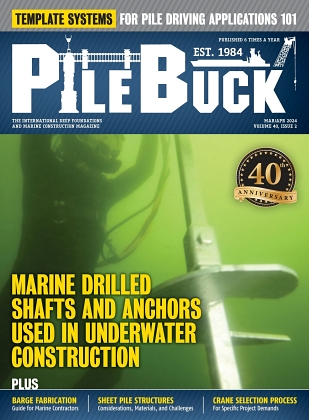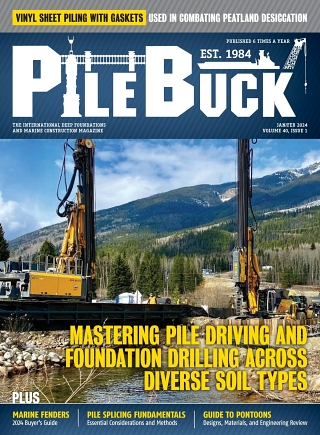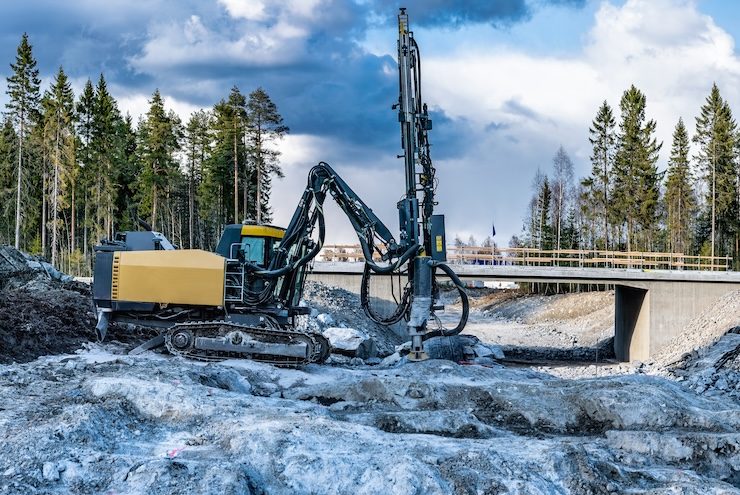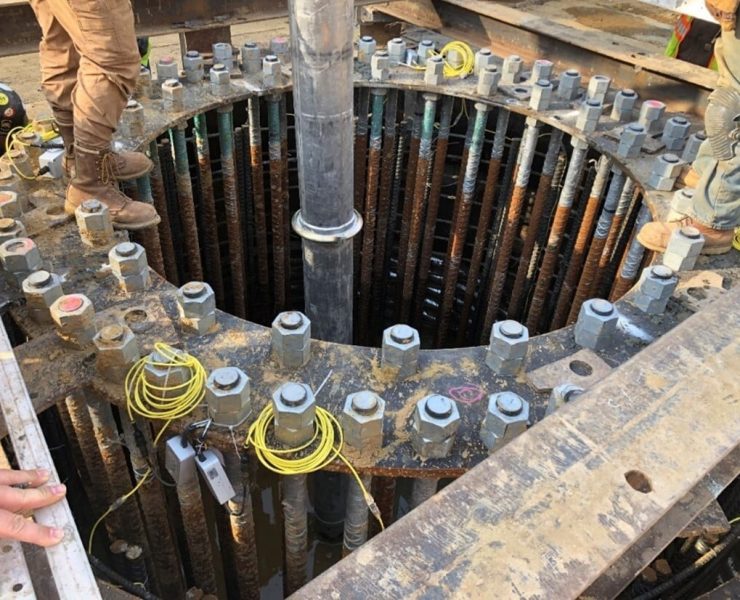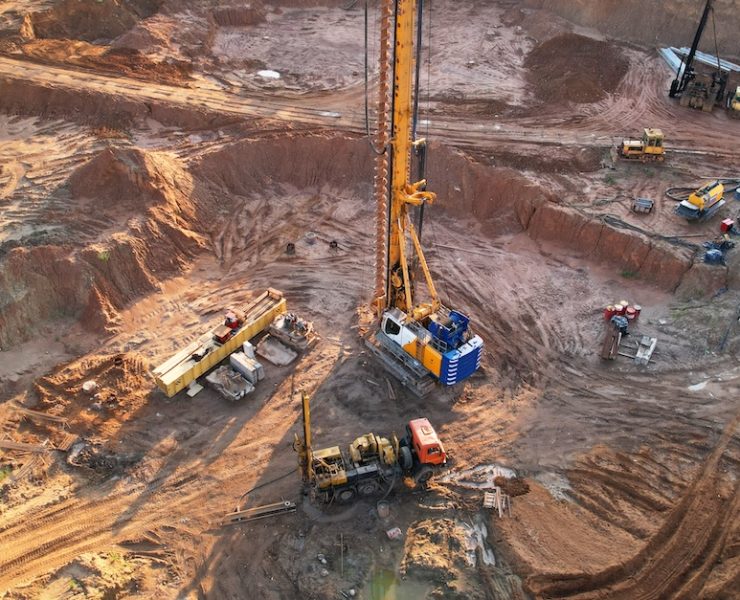Understanding Slope Stabilization Assessment, Applications, and Equipment
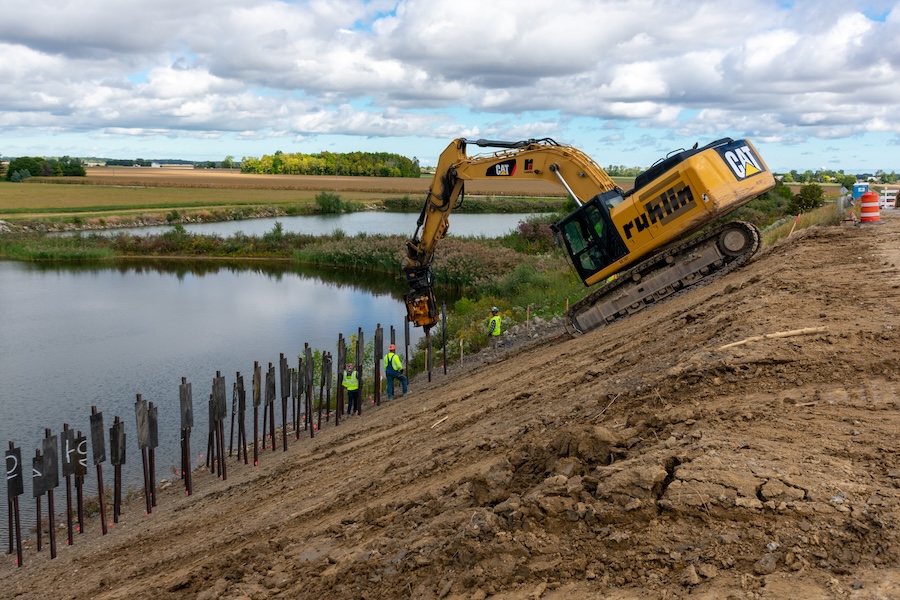
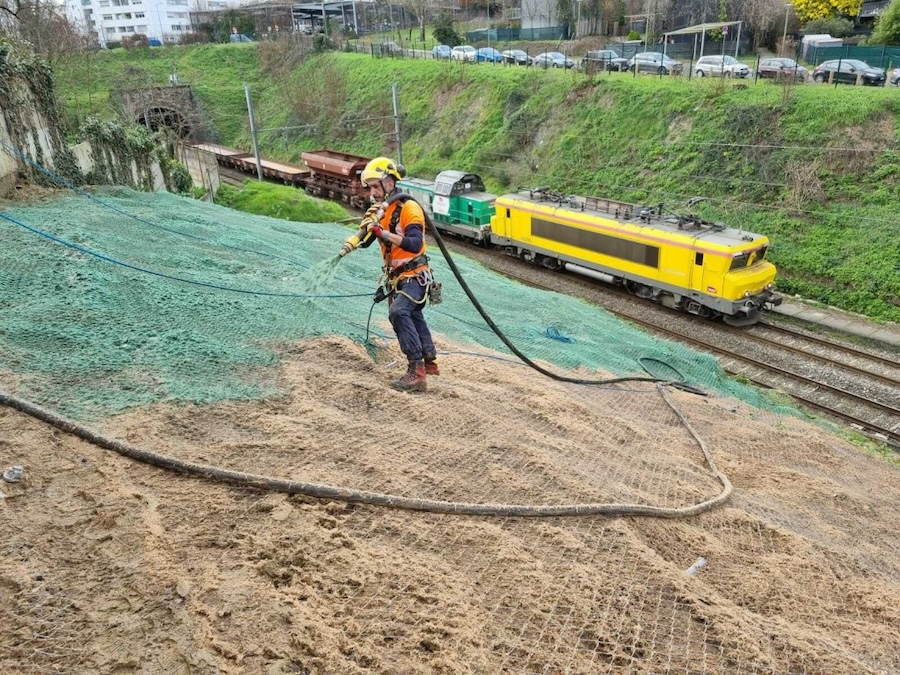
View the complete article here.
Slope instability poses a significant challenge for geotechnical projects, often leading to costly failures if not addressed properly. This guide aims to equip geotechnical engineers and contractors with the knowledge to master slope stabilization effectively. It explores the causes of slope failure, assessment methods, proven stabilization techniques, real-world applications, and best practices for success.
Understanding Slope Instability
Before implementing stabilization measures, it’s critical to grasp the underlying causes and indicators of slope instability to address risks effectively.
Common Causes of Slope Failure
Slope failure often stems from natural and human-induced factors that destabilize the ground—such as heavy rainfall saturating soil and increasing pore water pressure, seismic activity triggering vibrations that loosen earth, and soil erosion removing critical support layers. Human activities like excavation, which alters slope geometry, or overloading from construction can also exacerbate instability—making it essential to identify these risks early in any geotechnical project.
Identifying At-Risk Areas
Recognizing at-risk slopes involves spotting visible warning signs—such as surface cracks indicating tension, slumping or bulging at the slope’s base suggesting movement, and water seepage that signals poor drainage and heightened failure risk. Regular site inspections, especially after heavy rain or seismic events, can help geotechnical engineers pinpoint vulnerable areas before catastrophic failure occurs.
The Role of Geotechnical Analysis
Geotechnical analysis is crucial for understanding slope behavior—relying on soil testing to determine composition and strength, shear strength analysis to assess how much stress the soil can withstand, and groundwater assessment to evaluate water’s impact on stability. These methods provide data to predict potential failure points, enabling engineers to design effective stabilization strategies tailored to the site’s unique conditions.
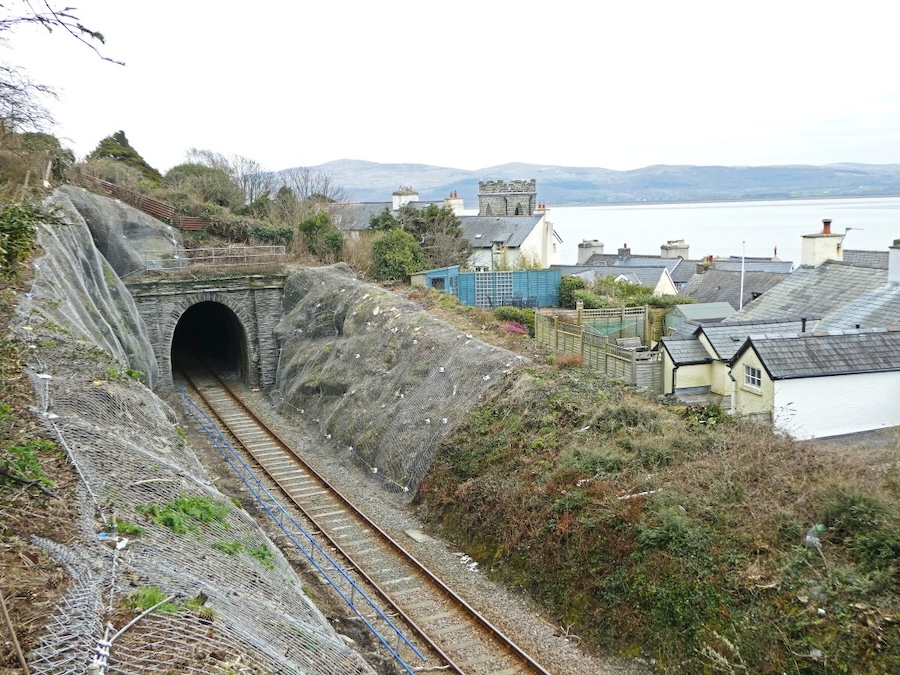
Assessing Slope Stability
Accurate assessment of slope stability is the foundation for designing effective solutions, ensuring safety and longevity in geotechnical projects.
Site Investigation Techniques
Evaluating slope conditions starts with thorough site investigations—using methods like borehole drilling to sample soil and rock layers, geophysical surveys such as seismic refraction to map subsurface properties, and inclinometer monitoring to track slope movement over time. These techniques provide critical data on soil composition, groundwater levels, and potential weak zones—enabling engineers to identify risks before they escalate.
Analytical Tools and Software
Advanced analytical tools like SLOPE/W, PLAXIS, and GeoStudio are essential for modeling slope stability—allowing engineers to simulate various failure scenarios and predict risks under different conditions. For projects involving sheet pile walls, software like SPW911 provides specialized design capabilities to ensure structural integrity—complementing broader stability analysis tools. By inputting site-specific data, these software solutions help visualize potential failure planes and assess the impact of factors like rainfall or seismic activity—guiding the design of stabilization measures.
Factor of Safety (FoS) Considerations
The Factor of Safety (FoS) is calculated by dividing the forces resisting slope failure (e.g., soil shear strength) by the forces driving failure (e.g., gravity, water pressure), with a minimum FoS of 1.5 typically targeted for long-term stability in most projects. Interpreting FoS helps engineers determine if a slope is safe. Values below 1 indicate imminent failure, while values above 1.5 provide a buffer against unexpected stresses—ensuring reliable performance over time.
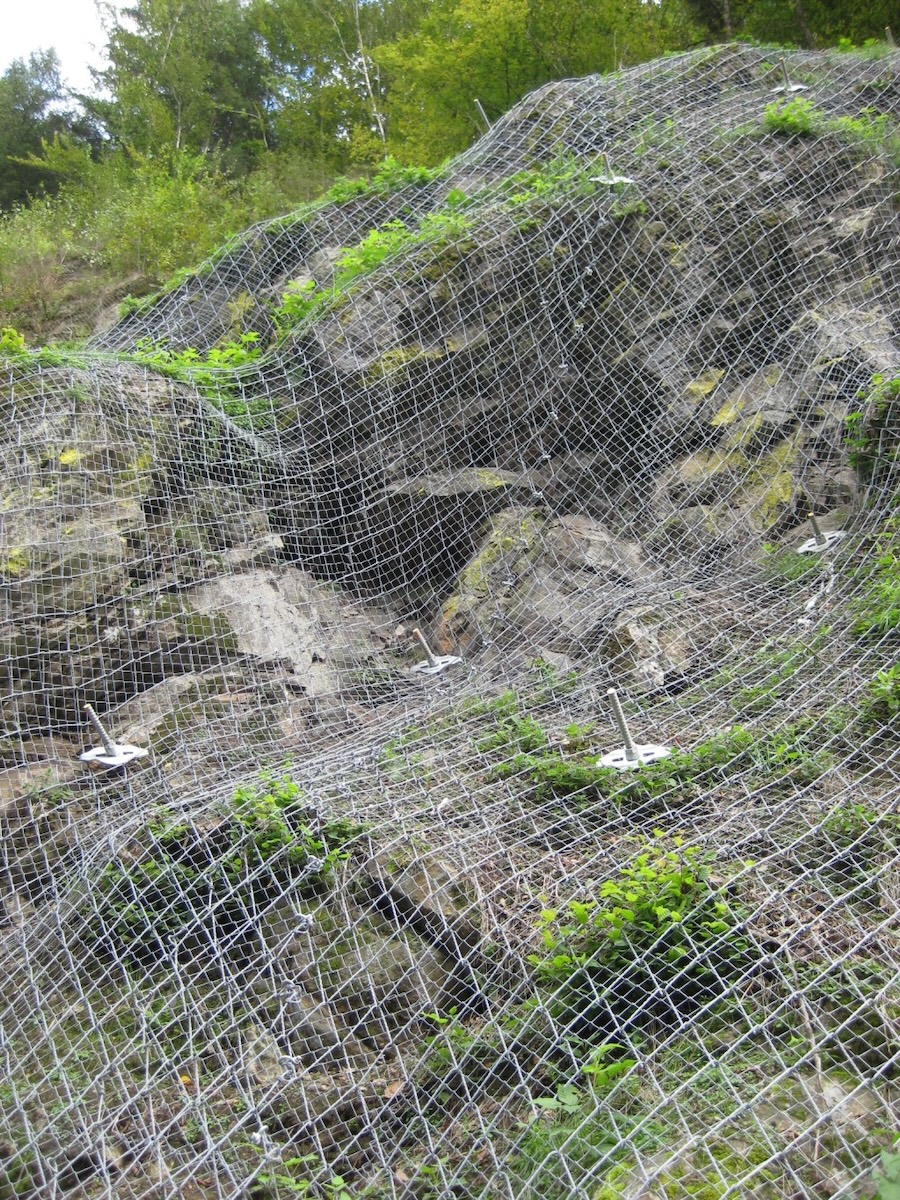
Proven Slope Stabilization Techniques
A range of proven techniques can effectively stabilize slopes, addressing both surface and deep-seated instability to ensure long-term safety and project success.
Surface Protection Methods
Surface protection methods focus on erosion control—with solutions like vegetation planting to anchor soil with root systems, geotextiles to reinforce and filter soil while allowing water passage, and riprap (large rocks) to shield slopes from water and wind erosion. These approaches prevent surface failure by reducing soil loss and maintaining slope integrity, especially in areas prone to heavy rainfall or runoff.
Structural Reinforcement
Structural reinforcement provides physical support through techniques like retaining walls, which hold back soil using concrete or timber, soil nailing that reinforces slopes with steel bars drilled into the ground, and gabion baskets filled with rocks to create flexible, permeable barriers. These methods are ideal for steep slopes, offering immediate stability and resistance against gravitational forces that could trigger landslides.
Deep Foundation Solutions
Deep foundation solutions—such as piles, anchors, and micropiles—transfer loads to deeper, stable soil or bedrock layers, often installed using foundation drilling equipment like hydraulic rigs. For example, steel piles (12-36 inches in diameter, driven 20-100 feet deep) or tensioned anchors can secure slopes for bridge construction—ensuring a robust foundation in challenging conditions like loose or saturated soils, with companies like PDI providing Pile Driving Analyzer systems to test pile integrity during installation for added reliability. These methods are critical for maintaining stability in high-risk environments.
Drainage and Water Management
Effective drainage systems—such as French drains to redirect subsurface water, weep holes in retaining walls to release pressure, and horizontal drains to lower groundwater levels—reduce pore water pressure, a primary cause of slope failure. By managing water flow—these techniques prevent soil saturation, maintaining shear strength and significantly enhancing slope stability over time.
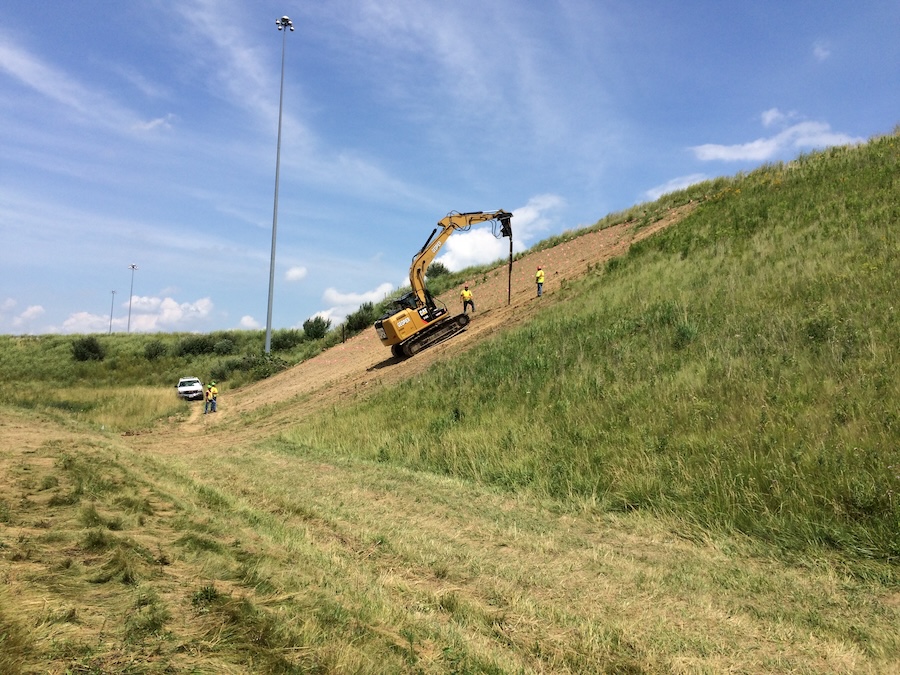
Equipment and Technology in Slope Stabilization
Leveraging the right equipment and technology is crucial for executing slope stabilization projects with precision and efficiency, ensuring long-term success in geotechnical engineering.
Key Equipment Overview
Slope stabilization projects rely on essential tools like hydraulic drill rigs for installing anchors or piles, excavators for digging and grading, shotcrete machines for applying concrete to reinforce slopes, and compactors for densifying soil to enhance stability. These tools enable engineers to implement a range of techniques, from deep foundation solutions to surface protection, tailored to the site’s specific needs.
Innovations in Geotechnical Engineering
Advancements in geotechnical engineering—such as automated monitoring systems with real-time inclinometers to track slope movement, drone surveys for detailed topographic mapping, and 3D modeling software like PLAXIS for precise stability analysis—have revolutionized slope stabilization. These innovations improve accuracy, reduce risks, and enhance project efficiency by allowing engineers to visualize and address potential issues before they escalate.

Best Practices for Success
Implementing best practices in slope stabilization ensures projects are executed efficiently, minimizing risks and maximizing durability for geotechnical engineers.
Planning and Design
Thorough site analysis, including soil testing and groundwater assessment, forms the backbone of effective planning—while detailed engineering design, factoring in load conditions and environmental stressors, ensures stability—and contingency planning prepares teams for unexpected challenges like sudden weather changes. This proactive approach reduces the likelihood of failure and costly rework, setting the stage for a successful project.
Collaboration with Stakeholders
Seamless project execution hinges on collaboration with stakeholders—such as contractors who implement designs, geologists who provide soil insights, and local authorities who ensure regulatory compliance—fostering clear communication and alignment on goals. By working together, these groups can address issues like permitting delays or site access challenges—ensuring the project stays on track and meets all requirements.
Monitoring and Maintenance
Post-stabilization monitoring, such as using inclinometers to track slope movement over time, allows engineers to detect early signs of instability—while regular maintenance, like clearing drainage systems or inspecting retaining walls, ensures long-term stability. These practices help maintain the slope’s integrity, preventing small issues from escalating into major failures and extending the lifespan of the stabilization measures.
View the complete article here.
What is the most common cause of slope failure in geotechnical projects?
The most common causes are water-related issues like heavy rainfall increasing pore pressure and poor drainage.
How do engineers assess if a slope is safe?
They calculate the Factor of Safety (FoS), aiming for a value above 1.5 for long-term stability.

